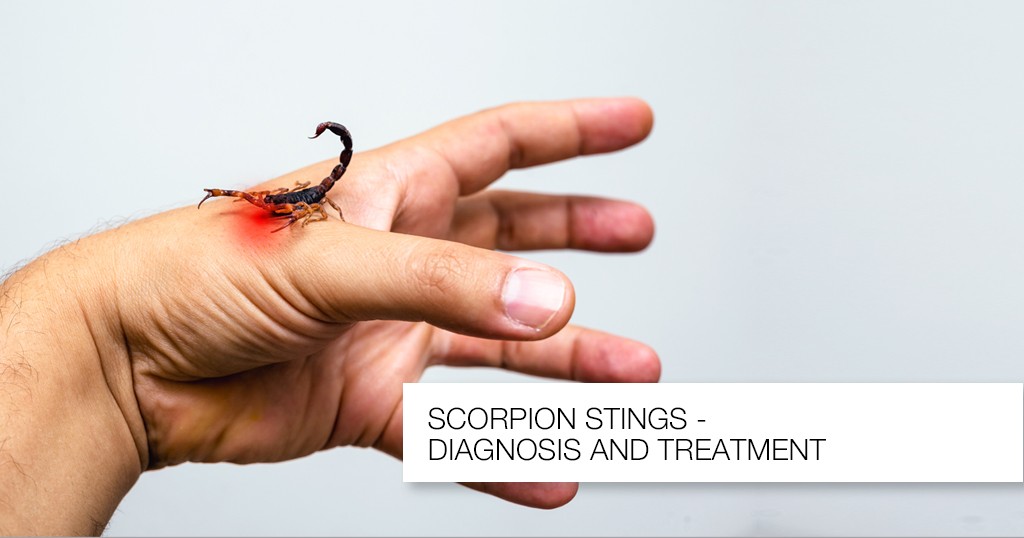Published - Sun, 15 May 2022

Did You Know about Lassa Fever
Lassa fever - Guinea
Lassa fever is viral hemorrhagic disease caused
by the Lassa virus. It is primarily transmitted to humans either through direct
contact with infected Mastomys rodents or through food or household items
contaminated with the urine or feces of infected rodents. Although to a lesser
extent, transmission can also occur from human to human through direct contact
with the blood or bodily fluids of an infected person.
local health authorities were report a suspected case of hemorrhagic fever in Guéckédou prefecture On 20 April 2022. southeast Guinea. The case was reported a 17-year-old female who faced fever and loss of appetite on 12 April. This case was received after five days of home care since symptom onset and consulted two health facilities, which resulted in 141 reported contacts.
WHO risk assessment-
At the
national level the risk for this outbreak is considered high, because Lassa
virus is an endemic in the country associated with the presence of the animal,
insect or parasites like Mastomys rats etc. In the year of 2021, Guinea
experienced several infectious diseases such as Marburg, Lassa fever, measles,
meningitis, yellow fever, vaccine-derived polio type 1,
Created by
Comments (0)
Search
Popular categories
Latest blogs

All you need to know about Syphilis
Tue, 15 Nov 2022

What is Pemphigus Vulgaris?
Tue, 15 Nov 2022

Know about Scorpion Stings
Sat, 12 Nov 2022

Write a public review